Positive Health Online
Your Country

How to Protect Your Hearing in Seven Simple Steps
by Stephen Wheatley(more info)
listed in sound and music, originally published in issue 259 - January 2020
Earlier this year, the World Health Organisation warned that over 1 billion risk permanent hearing loss from loud sounds. For most, the idea of losing our hearing is very worrying – but it won’t to happen us, will it? The answer is; it probably will. With the massive increase in headphone use, many of us are unwittingly heading towards serious hearing loss.
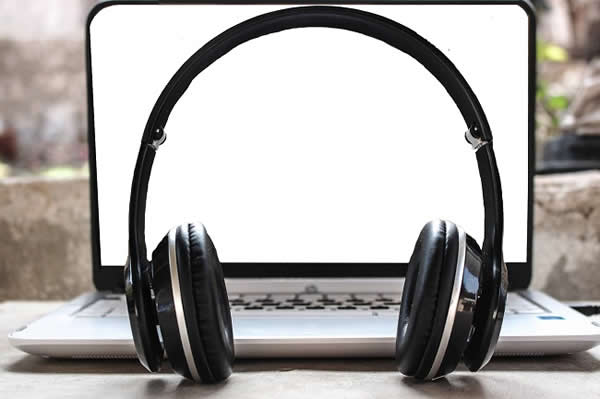
For around five million years human hearing has enabled us to communicate with other humans and to stay relatively safe. Then, about 150 years ago the loudspeaker was invented and we started to listen to reproduced sound. In the last 15 years there has been a dramatic increase in smartphones and digital media. Most of which is best consumed wearing headphones.
Unfortunately, evolution has not caught up. Our ears are like those of our ancestors millions of years ago; they are simply not designed to listen to four or five hours of electronic dance music every day. Nobody wants to stop you using headphones. But until evolution catches up, we need to adapt to this recent increase in sound dose. And to do that, we need to be aware of our exposure, so we can make informed decisions about it and protect our hearing.
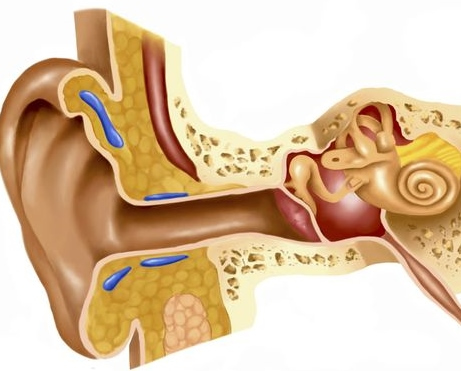
What is a Sound Dose and How Does it Affect your Hearing?
At birth, humans have about 15,000 auditory hair cells in each ear. You don’t get any more and when they are gone they are gone - and so is your hearing. Regular, repeated exposure to large sound doses can cause irreparable damage to the hair cells within our ears. This damage can take a long time to show up.
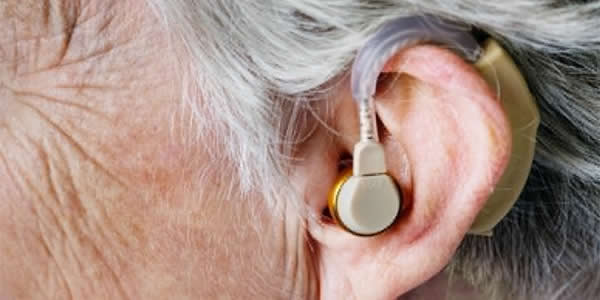
So, what is a sound dose? A sound dose is a complex calculation. It takes into account how long you listen for, how loud you listen and the energy content of what you listen to.
For example; speech is low energy content. You can listen for a long period at a high volume without experiencing a very high sound dose. But, electronic dance music has a high energy content so will give you a large sound dose in a shorter period. And classical music sits somewhere between the two – higher energy than speech, but lower than dance music.
As a result of high-profile campaigns, the majority of headphone users are now aware of the risks. Yet, few of them take action. Until recently, the only tool available has been a volume level warning on their device. If obeyed, however, it can make the content inaudible in many listening situations.
So, here are seven simple tips to protect the hearing of headphone users:
• Know your dose
How long are you listening for, how loud is it, and what’s the ‘energy’ content of what you are listening to? These factors combine to give you your sound dose. How does your sound dose compare with the hearing health recommendations?
Looking at the recommendations of hearing health experts such as the WHO and the Noise at Work regulations as to what constitutes an acceptable sound level, it can be seen that their figures suggest that the magic number is 80.22dB over a 24-hour period. This is your Daily Sound Allowance (DSA®). You need to monitor this to stay safe.
• Allow your device to guide you
If you’re listening on your phone or tablet, you’ll probably have noticed the high volume warning – don’t automatically override this, instead think about why it’s there. The current World Health Organisation (WHO) recommendations are to limit your exposure to no more than 85dBA over any eight-hour period.
A smartphone can output more than 100dB – and at that volume it’s only safe to listen for up to 20 minutes in any eight-hour period before hearing is damaged. So, as pretty much every parent ever has said at some point: “Turn the volume down!”
• Seek out quiet
Too much noise can be wearing, and not just for our ears. Sometimes a little peace and quiet is exactly what you need. As our exposure to sound is calculated as an average over a 24-hour period, those quiet times will help bring the average down and your ears will benefit from a period of no or low exposure to sound.
The obvious time to achieve this level of quiet is when you’re asleep, so make your bedroom environment as quiet as possible. If you live on a busy road, this may be tricky, but double glazing and heavy-duty blackout curtains can help (they don’t just block out the light).
Equally, if you’re spending an evening in a noisy nightclub or at a concert, take a break from the noise occasionally, either by going to a quieter area or perhaps by wearing earplugs for a support band but removing them for the main act.
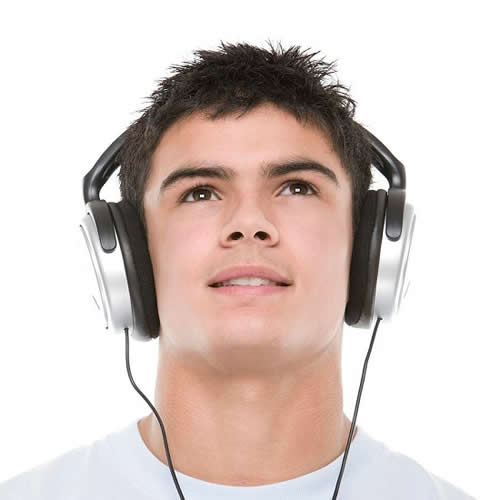
• Don’t listen in already noisy environments
When you’re sitting on the train, tube or bus, it’s all too tempting to plug in your headphones and switch off from the world – it’s the wonder of modern technology. However, you’ll probably find yourself nudging up the volume to block out the extraneous noise so you can hear clearly – we tend to listen at 6-10dB above the level of the background noise.
So, if you’re on an underground train that can reach levels as high as 90-100dB (they can and often do), and attempting to get the volume above that, you’re on dangerous ground, hearing-wise.
The best thing you can do when the background noise is high is use earplugs or, if you want to listen to something, wear over-ear (preferably noise-cancelling) headphones that block out most of the noise, letting you listen comfortably at lower, less harmful levels.
• Automating your information and protection
Useful technologies that keep an eye on how your sound dose is building up throughout the day can do what your ears alone can’t: tell you when you’ve literally heard enough.
For example, HearAngel monitors your consumption of sound, it calculates your personal sound and provides you with information and warnings at levels you choose. Think of it as a FitBit for your ears when listening to headphones. You get to choose the right settings for you, for example, you can set one warning level at 85dB, a second at 95dB (loud!) and set a warning at 75% of recommended Daily Sound Allowance®. When you get the warning that you have used 75% of your daily allowance, you may choose to activate automatic protection, which gradually reduces the volume (so you won’t notice), but will never affect phone calls, just content, such as music, games, videos. Most people would not notice a 3dB drop in volume, so it’s a subtle process. It can even tell you how long you can carry on using your headphones for that day, based on what you’ve already been listening to.
• Add some variety
You may love nothing more than a blast of Metallica to wake you up on your morning commute, but your ears won’t thank you if you continue to listen to such high-energy music all day long. Consider your personal sound dose and, as well as spending plenty of time resting your ears without headphones, consider listening to something a little more gentle on the way home. Try a ballad, or perhaps a podcast – variety is good.
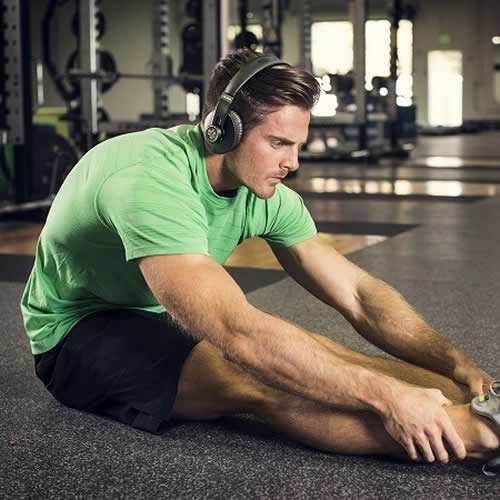
• Noise-cancelling headphones
If you use noise-cancelling headphones, you’ll find that in noisy environments you will listen at a lower volume, so you’ll be able to use your headphones three or four times longer, and you’ll be doing your long-term hearing a favour.
Earpiece-type noise-cancelling headphones will reduce ambient noise by a factor of 10, over-ear ones by 20 (their physical shape makes a more effective barrier than in-ear headphones). They work by cancelling out the noise you’re being exposed to, and they make it quieter even if you’re not actually listening to anything (useful on that noisy tube train). You’ll still have to listen at 6-10dB above the noise ‘floor’ (residual level), but as that will be much lower, the total listening level will be correspondingly lower.
Hearing damage is a bit like smoking – it isn’t obvious and the effective is cumulative – you only notice once the damage has been done and then there’s simply no fix. Your hearing is precious, so look after it.
Comments:
-
No Article Comments available